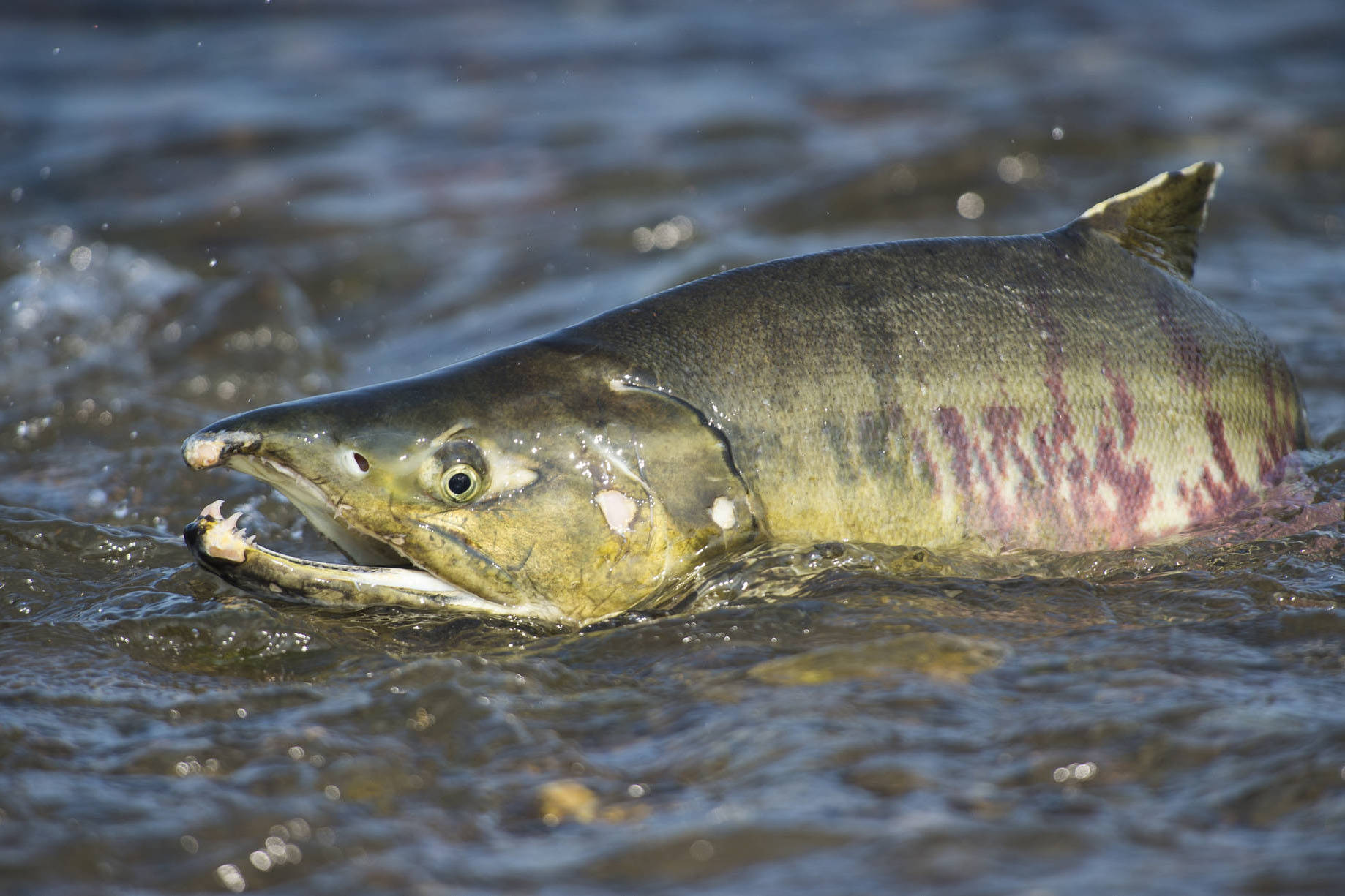If you are ready to vote against Proposition 1, Stand for Salmon, please take another look. It’s certainly not the job-killing economic disaster that opponents claim. As revised by the Alaska Supreme Court, Proposition 1 isn’t the “virtual prohibition on new development” so many of us feared when we read the original version. Proposition 1 can’t shut down vitally-needed construction projects because the court’s revisions make it clear that government may dispose of salmon freshwater habitat whenever necessary for the common good. The issue before the voters is not protecting jobs or insuring the ability to do essential projects. The real issue is having limits on how much, and in what ways, Alaska’s salmon birthright may be sacrificed to meet the needs of progress. Under current habitat protection law all of our salmon birthright is up for grabs, one piece at a time. With Proposition 1 we would have the laws and political process to be able to pass along our cultural and economic heritage to future generations.
If future generations of Alaskans are to practice subsistence and enjoy the economic and recreational benefits of salmon, our laws need to genuinely protect our wild salmon habitats. Science and the centuries-long history of salmon habitat destruction in North America both teach that loss of salmon freshwater habitat guarantees long-term loss of salmon production, regardless of the influence of ocean conditions or the diligence of harvest control efforts.
We need to act now to protect Alaska’s salmon habitats. The time to close the barn door is before the horse runs off, not after. Alaska has abundant salmon and salmon habitats, but we will need to sacrifice some of that habitat in the future. Alaska needs the human essentials provided by roads, housing, docks and harbors, runways, airstrips, flood control, water supplies, farms, mines and many other projects. With so many demands on salmon habitats, it is imperative that we have adequate laws in place to ensure the balance between our need for development and the amounts and types of habitat sacrificed. Without such action future generations of Alaskans are doomed to repeat the massively expensive, seemingly never-ending salmon recovery efforts ongoing the last 30 years in California and the Pacific Northwest. Salmon restoration efforts down south have annually consumed hundreds of millions of dollars with mixed results.
The salmon habitat protection barn door now stands open because Alaska devotes relatively little funding to the salmon habitat management and research activities that are so vital to protecting Alaska’s salmon in the future, and because the habitat protection laws on the books are inadequate.
Salmon habitat management is only a tiny part of Alaska’s world class fisheries management programs. The Habitat Division of the Alaska Department of Fish and Game (HD ADFG), consists of only 45 full-time employees located in six offices statewide. For context the whole of ADFG consists of 1,700 employees working from 47 offices throughout the state. The forty-five HD professionals annually review an average of 3,500 habitat alteration applications in addition to doing research and other duties. HD is supported to limited extents by other parts of state government that don’t have legislated mandates for protecting salmon habitat. To be clear, this is no criticism of HD ADFG. I think HD deserves our gratitude and recognition for doing so much to protect salmon habitat with so little in the way of state resources.
To correct inadequacies of existing laws, Proposition 1 would save time and money by allowing blanket coverage for common recreational activities that now require individual permits, such as riding an ATV through a salmon stream. Proposition 1 would also extend coverage to all salmon bearing water bodies, correcting the problem that current Alaska laws apply only to the fraction of state waters listed in the Anadromous Waters Catalog. Proposition 1 would also put the public in the loop by requiring notice on habitat management decisions that permit destruction of salmon habitat. Please read the amended Proposition 1 and please cast your vote. I am voting Yes.
• Phil Mundy is a former chief fisheries scientist for Alaska Department of Fish and Game who has a Ph.D. in fisheries and 44 years of experience in fisheries management and research. He lives in Juneau.

